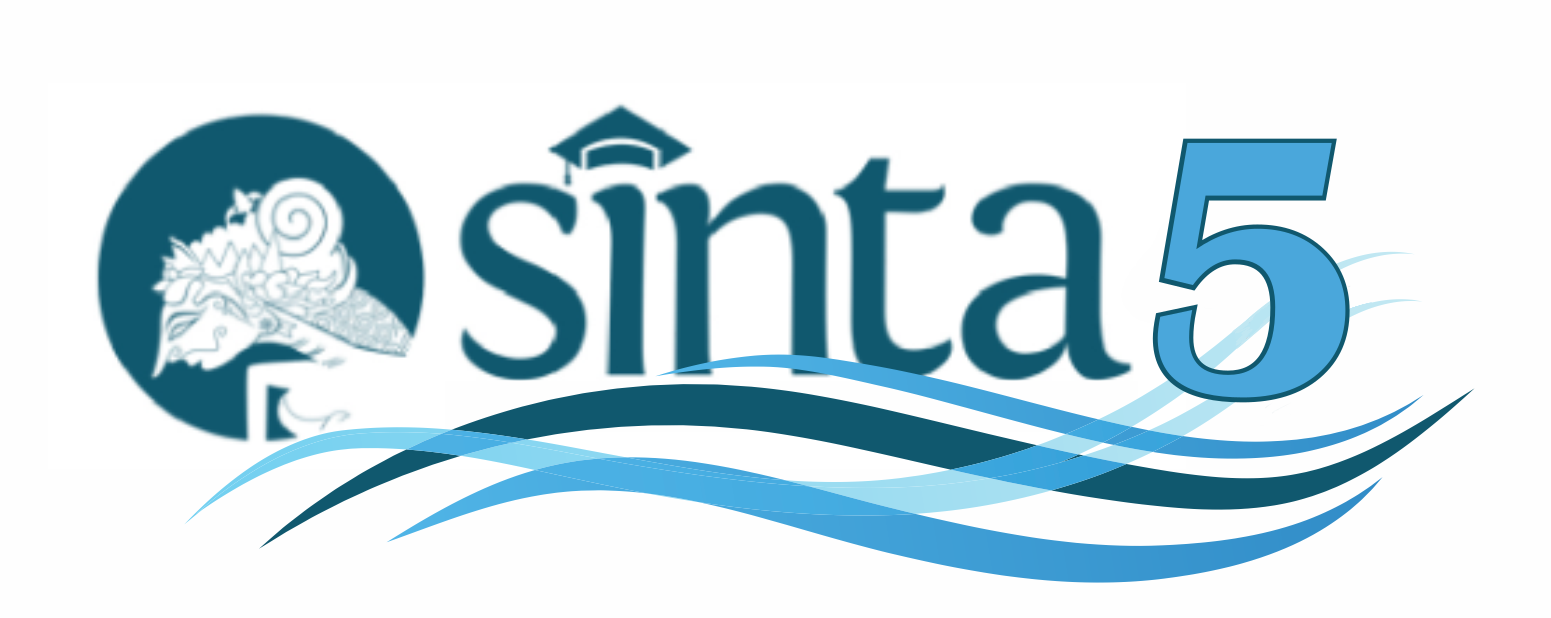Analisis Tingkat Kesesuaian dan Daya Dukung Kawasan Wisata Pantai Osapan, Distrik Demta, Kabupaten Jayapura
DOI:
https://doi.org/10.31957/acr.v4i1.1748Abstract
Osapan Beach is a beach tourism object located in Demta District, Jayapura Regency, which is currently still in the early stages of development to become a tourist spot. However, the existence of Osapan Beach is not widely known by the people in the City and Regency of Jayapura. Until now, there is no data or results of scientific studies that can be used as a reference for the development and management of Osapan Beach in the future. This study aims to determine the level of suitability of the area and carrying capacity and to find out how the perception of the community and tourists in the development of Osapan Beach as an eco-tourism location. This research was conducted from January to June 2021. The methods used in this study include the observation method (observation and direct collection of tourism suitability parameter data), interviews with respondents (asking several questions using questionnaires to 35 respondents and documentation (recording data, taking research drawings/photos). The results showed that the tourism suitability index (IKW) for all ecotourism suitability parameters at Osapan Beach, station 1 and station 2 had the same value, namely 89.28% (Highly Appropriate/S1), station 3 had a value of 95.23% (Very Appropriate/S1) and station 4 has a score of 82.14% (Suitable/S2). The carrying capacity of Osapan Beach as an ecotourism location is 21 people/day. Most of the respondents think that Osapan Beach deserves to be used as an ecotourism area where Osapan Beach has an attraction and has the potential to support the economy of the Yakore Village community. The main thing that needs to be considered in the construction of facilities to support tourism activities.
Key Words:Â Ecotourism;Â Suitability;Â Carrying Capacity;Â Osapan Beach;Â Demta District
Downloads
References
Apriliansyah, A., Purnama, D., Johan, Y. dan Renta, P.P. 2018. Analisis parameter oseanografi dan lingkungan ekowisata pantai di Pantai Panjang Kota Bengkulu. Jurnal Enggano, 3(2), 211-227.
Chasanah, I., Purnomo, P.W. dan Haeruddin. 2017. Analisis kesesuaian wisata Pantai Jodo Desa Sidorejo Kecamatan Gringsing Kabupaten Batang. Jurnal Pengelolaan Sumberdaya Alam dan Lingkungan. 7(3), 235-243.
Effendi, H. 2003. Telaah Kualitas Air bagi Pengelolaan Sumberdaya dan Lingkungan Perairan. Yogyakarta: Kanisius.
Fandeli, C. M. 2000. Pengusahaan Ekowisata. Yogyakarta: Gajah Mada University Press.
Fandeli, C.M. 2002. Dasar-Dasar Management Kepariwisataan Alam. Yogyakarta: Liberty.
Habibi, A., Adi, W. dan Syari, I.A. 2017. Kesesuaian wisata pantai untuk rekreasi di Pulau Bangka. Jurnal Sumberdaya Perairan, 11(1), 54-60.
Handayawati, H. 2010. Potensi Wisata Alam Pantai-Bahari. PM PSLP PPSUB
Lelloltery, H., Pujiatmoko, S., Fandelli, C. dan Baiquni, M. 2016. Pengembangan ekowisata berbasis kesesuaian dan daya dukung kawasan pantai (studi kasus Pulau Marsegu Kabupaten Seram Bagian Barat). Jurnal Budidaya Pertanian, 12(1), 25-33.
Limbong, A.R., Kalor, J.D. dan Hamuna, B. 2019. Analisis kesesuaian dan daya dukung kawasan wisata Pantai Hamadi Kota Jayapura. ACROPORA: Jurnal Ilmu Kelautan dan Perikanan Papua, 2(2), 63-69.
Mahmudin. 2015. Kajian Kesesuaian Wisata Pantai (Mandi dan Renang) Berdasarkan Bio-Fisik Di Pulau Kandapute Kecamatan Bahodopi Kabupaten Morowali. Skripsi. Universitas Hasannudin, Makassar.
Kamah, M.H., Sahami, F.M. dan Hamzah, S.N. 2013. Kesesuaian wisata pantai berpasir Pulau Saronde Kecamatan Pondo Kepulauan Kabupaten Gorontalo Utara. Jurnal Ilmu-Ilmu Pertanian, 1(1), 1-15.
Nugraha, H.P., Indarjo, A. dan Helmi, M. 2013. Studi kesesuaian dan daya dukung kawasan untuk rekreasi pantai di Pantai Panjang Kota Bengkulu. Journal of Marine Research, 2(2), 130-139.
Peraturan Menteri Dalam Negeri Nomor 33 Tahun 2009 tentang Pedoman Pengembangan Ekowisata di Daerah.
Prasita, V.D. 2007. Analisis Daya Dukung Lingkungan dan Optimasi Pemanfaatan Wilayah Pesisir Untuk Pertambakan di Kabuoaten Gresik. Disertasi. Institut Pertanian Bogor, Bogor.
Rahmawati, A. 2009. Studi Pengelolaan Kawasan Pesisir Untuk Kegiatan Wisata Pantai (Kasus Pantai Teleng Ria Kabupaten Pacitan, Jawa Timur). Skripsi. Institut Pertanian Bogor, Bogor.
Soemarwoto, O. 2004. Ekologi Lingkungan Hidup dan Pembangunan. Jakarta: IMAGRAPH.
Suzanna, R.S. 2003. Peran Pariwisata Dalam Pembangunan. Semarang: Badan Penerbit Universita Diponegoro Semarang.
Tambunan, J.M., Anggoro, S. dan Purnaweni, H. 2013. Kajian Kualitas Lingkungan dan Kesesuaian Wisata Pantai Tanjung Pesona Kabupaten Bangka. Prosiding Seminar Nasional Pengelolaan Sumberdaya Alam dan Lingkungan, Magister Ilmu lingkungan, Universitas Diponegoro, Semarang.
Tuwo, A. 2011. Pengelolaan Ekowisata Pesisir dan Laut Pendekatan Ekologi, Sosial-Ekonomi, Kelembagaan, dan Sarana Wilayah. Surabaya: Brilian Internasional.
Widiatmaka S. 2007. Evaluasi Kesesuaian Lahan dan Perencanaan Tata Guna Lahan. Yogyakarta: Gadjah Mada University.
Yulianda, F. 2007. Ekosistem Bahari Sebagai Arternatif Pemanfaatan Sumberdaya Pesisir Berbasis Konservasi. Makalah Seminar Sains Pada Departemen Sumberdaya Perairan. Fakultas Perikanan Dan Ilmu Kelautan. Institut Pertanian Bogor, Bogor.
Yustishar, M., Pratikto, I. dan Koesoemadji. 2012. Tinjauan Parameter Fisik Pantai Mangkang Kulon Untuk Kesesuaian Pariwisata Pantai di Kota Semarang. Jurnal of Marine Research, 1(2), 8-16.
Downloads
Published
Issue
Section
License
Authors who publish with this journal agree to the following terms:
- Authors retain copyright and grant the journal right of first publication with the work simultaneously
licensed under a Creative Commons Attribution-NonCommercial-ShareAlike 4.0 International License
that allows others to share the work with an acknowledgement of the work's authorship and initial
publication in this journal. - Authors are able to enter into separate, additional contractual arrangements for the non-exclusive
distribution of the journal's published version of the work (e.g., post it to an institutional repository
or publish it in a book), with an acknowledgement of its initial publication in this journal. - Authors are permitted and encouraged to post their work online (e.g., in institutional repositories or
on their website) prior to and during the submission process, as it can lead to productive exchanges,
as well as earlier and greater citation of published work (See The Effect of Open Access).




















